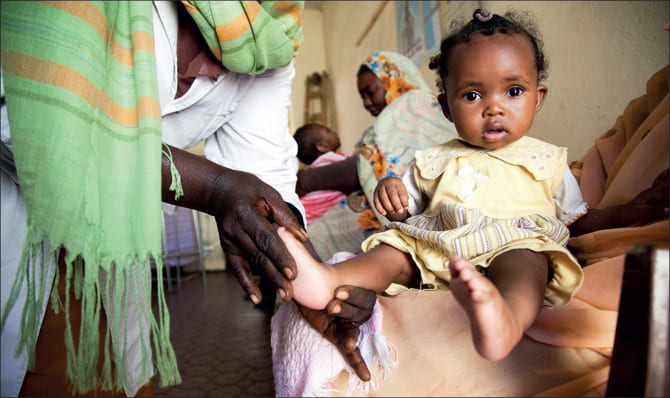
Healthcare of Children in Nigeria
From the year 2000 to 2020, the health narrative of Nigeria’s children is evident through several vital indicators.
Our first indicator is life expectancy at birth. The numbers ranging between 47 to 52 years is significantly below the global average at 72.27 years. This not only reflects the health of newborns but also unveils the challenges within Nigeria’s healthcare system.
While infant mortality rates have declined from 109.6 to 72.3 per 1000 births, each data point signifies a story, a potential turning point for their healthcare policies.
A nation’s commitment is mirrored in its investment. The graph on health expenditure as a percentage of GDP is at an average of 3 to 5% across the years. However, for a cause as important as children’s well-being, this sliver of the budget is too small.
Immunization is a shield against preventable diseases. Positive trends in DPT and measles vaccination among infants aged 12 to 23 months emerge, yet the figures, standing at 56% for measles and 59% for DPT, flag an issue. Increasing immunization is a pivotal solution for decreasing infant mortality in Nigeria.
These graphs, urge us to strive for positive transformations. Each child deserves the chance to lead a healthy life. It starts with shifts in governmental expenditures and efforts from NGOs, ensuring free immunization for all children. Our journey towards a healthier country is rooted in understanding these trends and collectively working toward a future that every child deserves. Let’s turn these graphs into blueprints for a healthier tomorrow.